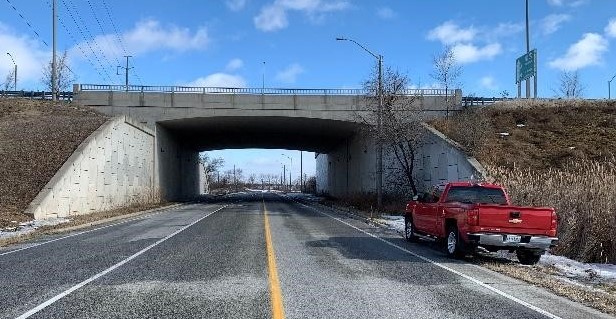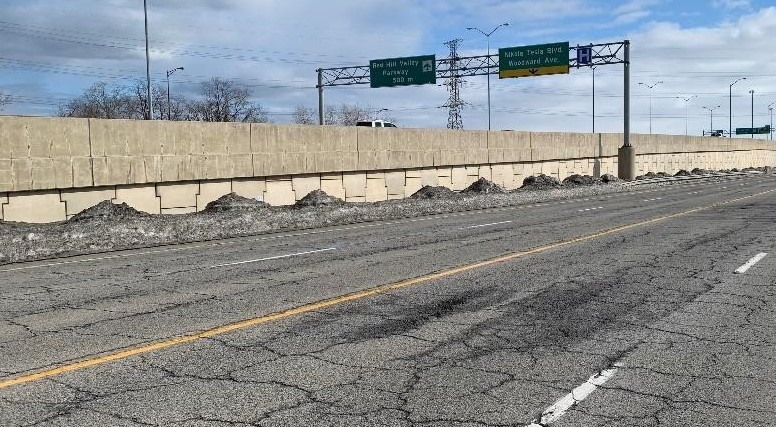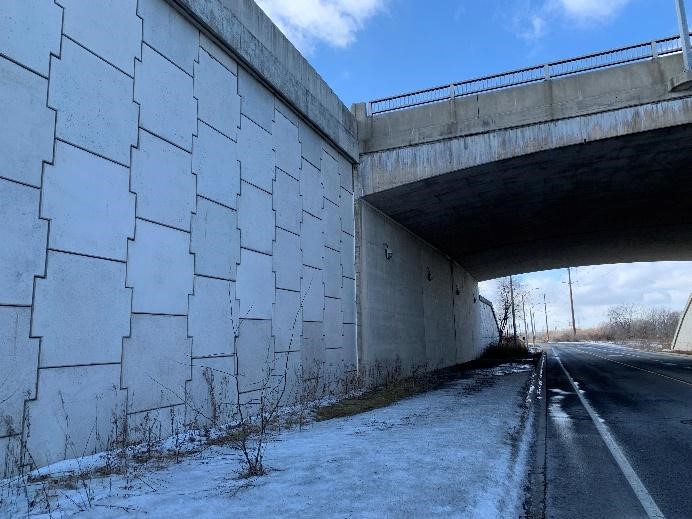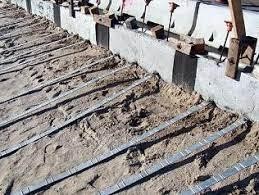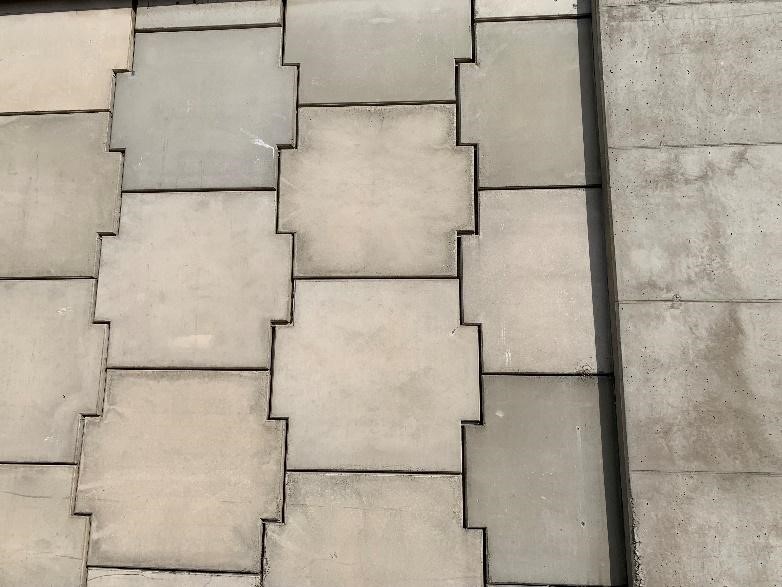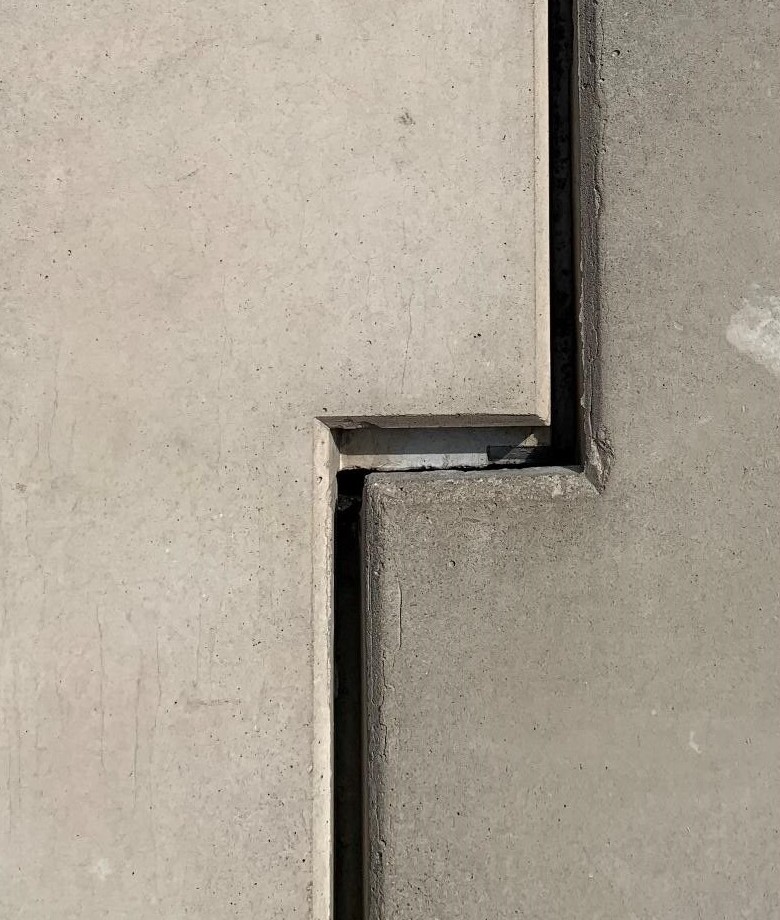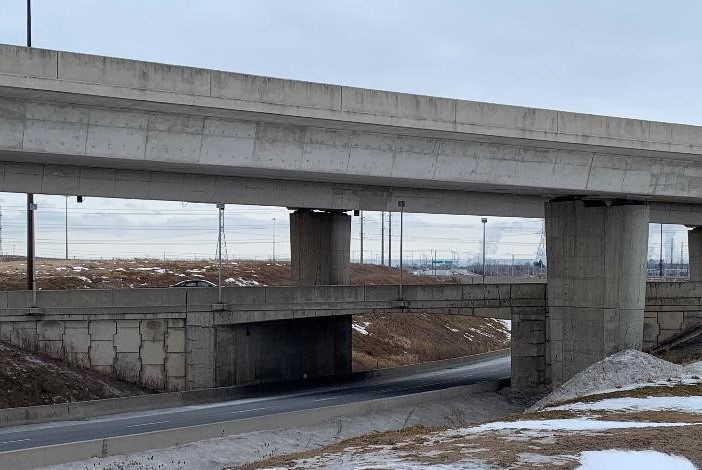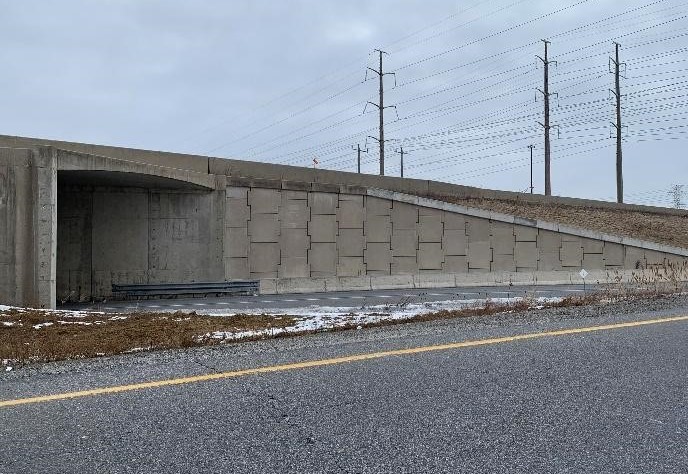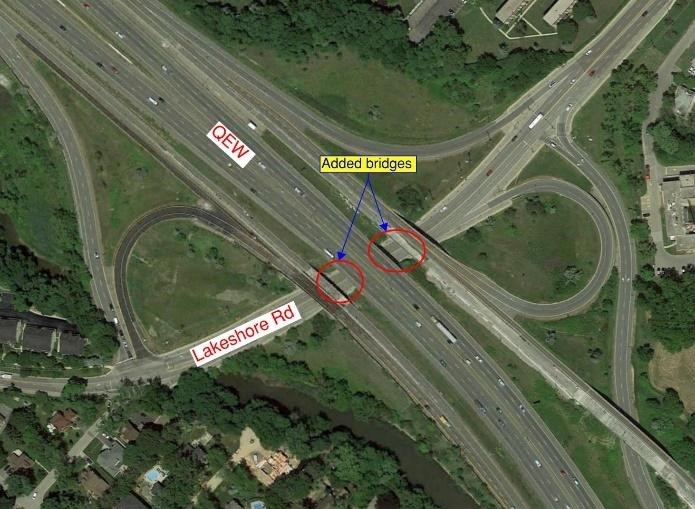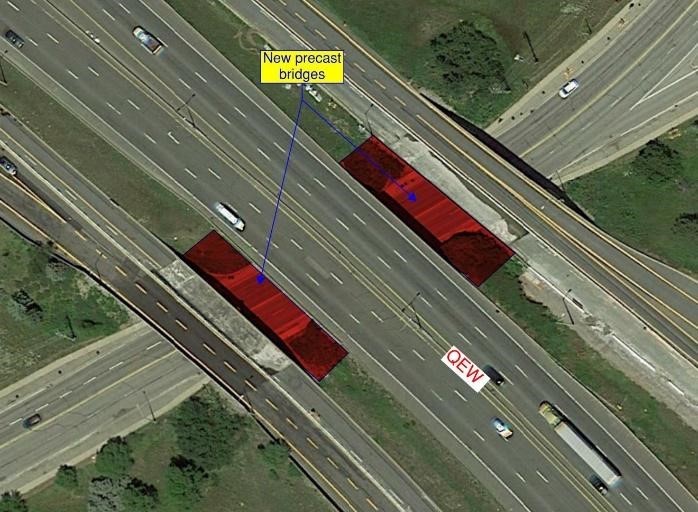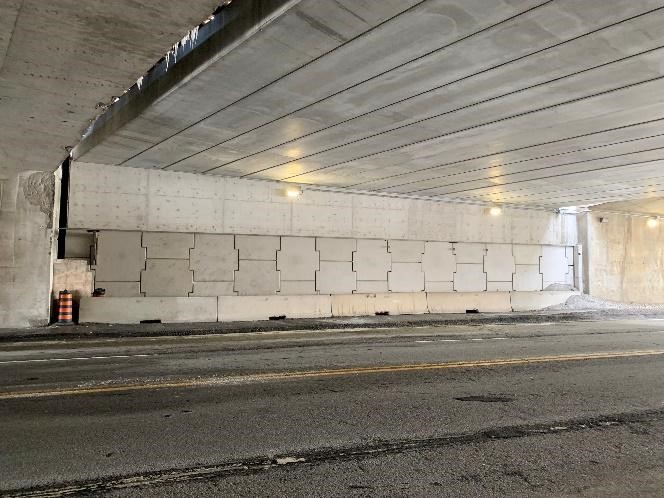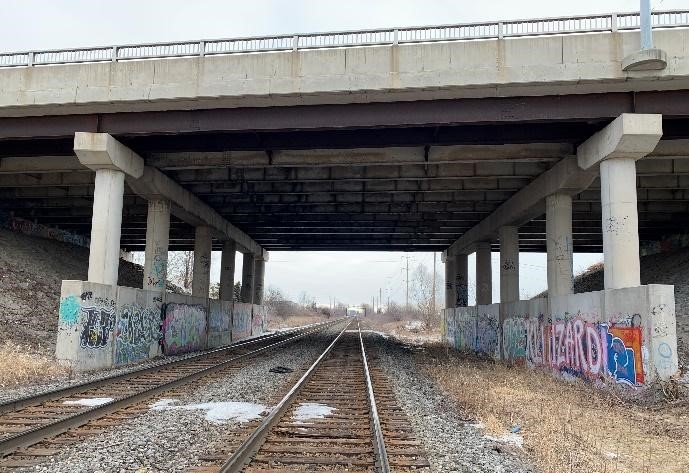There are many reasons to build retaining walls and there are many different wall systems available. Here’s one of the best.
Known as Mechanically Stabilized Earth walls (MSE walls) in most parts of North America, or Reinforced Soil Slope walls (RSS walls) in some parts of Canada, they have been incorporated in every highway on the continent. I define “best” as efficient, versatile, easy to build, inexpensive, long-lasting, and easy to maintain. That’s why these precast concrete modular retaining walls are at the top of the list.
There technically isn’t a limit as to how long MSE walls can be or what shape they can take. They turn a mass of compacted dirt into a solid structure that supports itself (see Figure 1). Their simplicity is key.
MSE walls are composite structures made of thin precast concrete panels that interlock with each other in the construction of a fill. These panels are just the facing of the wall system, preventing erosion of the backfill behind them. The stability of the wall comes from countless horizontal reinforcing straps that project into the fill behind the facing panels. These straps are typically galvanized metal strips bolted to the back of the panel and extend into the fill as the backfill progresses in construction (see Figure 2). Galvanizing metal is the process of submerging the metal into molten zinc, resulting in a corrosion-resistant coating harder than the base metal itself. This gives the metal a shiny grey colour like highway guardrails.
Almost every panel is the same, making them very efficient and cost effective to fabricate and to install. Weighing about 2,000 lb (or 900 kg) each, the panels are easy to handle with any piece of heavy equipment. The panels interlock with each other, allowing for ease of installation and alignment. See Figure 3 for a close up.
You can always tell which piece of infrastructure came first. Often new infrastructure needs to be built in close proximity to something else where there’s barely enough room. Whenever possible, highways are built with slopes on both sides, connecting its roadway elevations with the surrounding terrain. Fewer walls are needed in rural areas because the available space is more conducive to flanking the highways with slopes. In urban areas, there are challenges to this, so retaining walls are needed to reduce its footprint. When existing utilities, for example, are in the way, they can typically be moved. Sometimes, however, it’s cost prohibitive to do so. A good example of this is high-voltage transmission towers (see Figure 4).
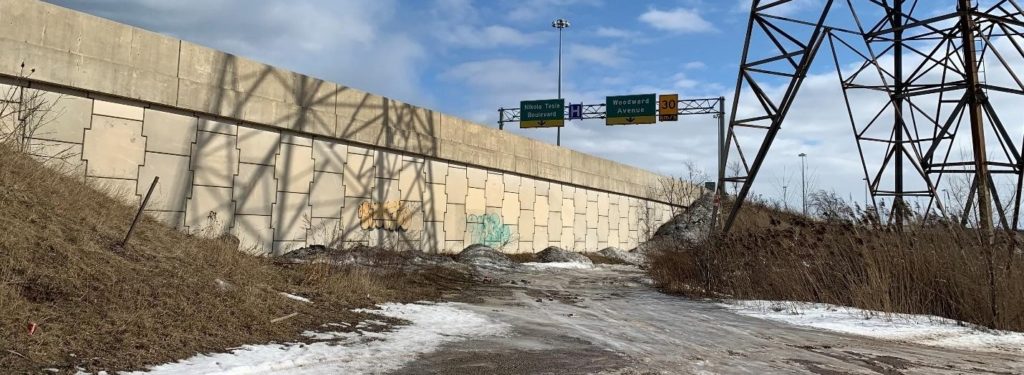
Another common use for MSE walls is in the construction of bridge abutments when all you need is a confined mass of dirt to hold the abutment structure, yet there is little room for slopes around the abutment (see Figure 5).
A great example of recent MSE wall construction is the QEW lane expansion over Lakeshore Road near downtown Burlington, adding two new bridges to the existing three (see Figure 6).
The original three bridges were built entirely out of cast-in-place concrete (using formwork and molds to shape the structure, then the concrete is poured), including the foundations, the abutment walls, and the bridge deck. The two new structures were built tightly in between the old bridges, almost completely out of precast components (see Figure 7).
The only cast-in-place component to the new bridges are the abutments supporting the weight of the bridge and traffic. This weight is transferred directly down to bedrock through the steel piles (H-beams driven into the ground) hidden behind the MSE walls, which in turn only support the fill behind the abutments and NOT the weight of the bridge. Sitting in front of the MSE walls are precast barriers protecting the walls from potential vehicle collisions — not sure if these are permanent or not.
While most walls are designed to keep things apart, these are made for the exact opposite reason — to bring different infrastructure closer together. As the need for more traffic lanes continues, these walls will be key to ensure safe steady growth of our highways so they can continue to serve the communities that depend on them. Drive safe!
Trivia: A railroad crash wall is a wall built to reinforce a structure adjacent to tracks and protect it in the event of a derailment. If a train derails on its way through an underpass and comes into contact with the bridge pier, the crash wall will absorb the impact and deflect the train. Depending on the speed of the train, the pier may be damaged, but the bridge will remain standing instead of collapsing on top of the train (see Figure 8). These walls are required by law.
Sources:
Reinforced Earth (website). Mechanically Stabilized Earth (MSE). Url: https://reinforcedearth.com/products/retaining-walls/mechanically-stabilized-earth-mse-retaining-walls/ (accessed Feb. 21, 2022).
For information on Hot-dip galvanizing, see:
Valmont Coatings. Hot-Dip Galvanizing. Url: https://www.valmontcoatings.com/services/hot-dip-galvanizing?gclid=CjwKCAiAx8KQBhAGEiwAD3EiP1HL6QprJ_L04rki9uOOa4q4YW_iIM-J6F6EA8r-Z_jWutviEzhY1BoCOdUQAvD_BwE (accessed Feb. 22, 2022).
For more information on the author: https://www.linkedin.com/in/eric-chiasson-10601082


